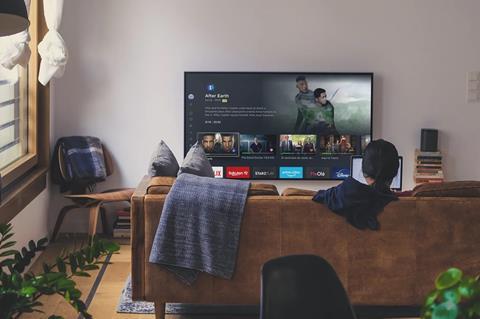In the competitive telecommunications landscape, offering excellent TV services is essential. However, Tier 2 and Tier 3 telcos and ISPs often find entering the TV service sector daunting due to a combination of limited infrastructure, technical expertise, and capital.
Building a robust TV platform requires significant investment in technology, continuous content management, and the agility to adapt to rapidly changing consumer preferences. For many, the cost-benefit analysis doesn’t add up, resulting in companies too often launching subpar TV services or none at all.

Studies show that households with bundled TV and internet services have significantly higher retention rates than those with standalone services. A recent Deloitte report showed that 40% of consumers are more likely to stay with their current provider if satisfied with their TV service. For smaller telcos and ISPs, failing to meet these expectations can result in losing competitive edge, revenue and even customers in a saturated market.
Fragmentation in the pay-TV market (Europe alone hosts over 200 pay-TV providers, most with fewer than 500,000 subscribers) is evident, especially compared to vast markets in APAC and North America.
Limitations in scalability, often involving extensive on-premise integration and significant in-house resources, has become common.

By moving to a TV-as-a-service (TVaaS) model, telcos and ISPs can enter the TV market without the usual headaches. Through outsourcing, offering soft, modular bundles that are adaptable for operator personalisation, and super aggregation, TVaaS can bring together content from various streaming services, traditional TV channels, and on-demand platforms into a single interface.
The ideal cloud-based platform covers all bases: content processing, subtitling, content management, video delivery, device assistance, and front-end apps.
By bundling TV services with broadband and mobile plans, telcos can attract more customers, increase average revenue per user, and reduce churn. Perhaps more critically, they not only outsource the services, they also reduce the complexities and externalise the risks of establishing TV services. Now smaller telcos can focus on their core strengths while ensuring their TV offerings are competitive, scalable, and profitable.
























No comments yet